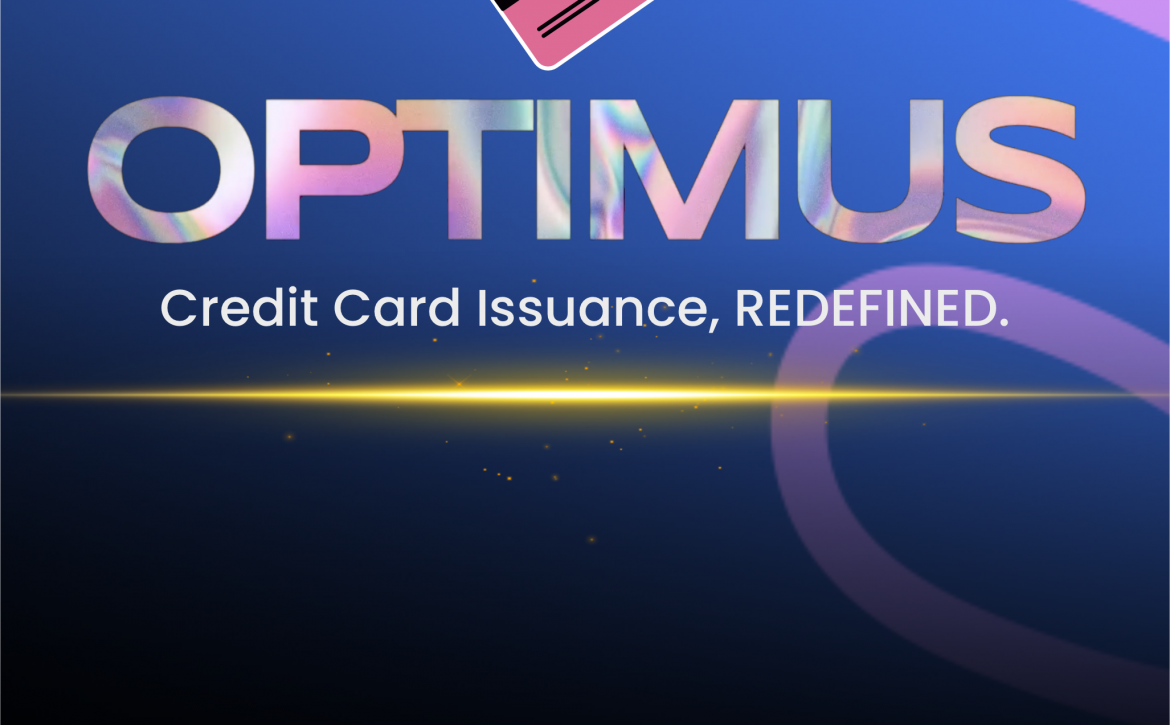CARD91 introduces Optimus – Credit Card Issuance: REDEFINED
In today’s ever-evolving financial landscape, optimizing credit card management processes is imperative for sustained growth and regulatory compliance. That’s why I’m excited to introduce Optimus – an advanced credit card tech stack meticulously developed by CARD91. Optimus, derived from Latin meaning “The Best,” signifies a significant advancement in credit card life-cycle management, empowering financial institutions and raising customer service standards.
With its customer-centric approach, Optimus enables financial institutions to meet the diverse needs of digitally savvy users. Through secure onboarding and a seamless digital journey, Optimus facilitates faster customer onboarding and improved service quality. By providing personalized rewards and streamlining processes, Optimus enhances customer satisfaction, elevating the overall customer experience and delivering added value to help institutions stand out in the rapidly growing credit card market.
Here are key features that position Optimus as a game-changer in credit card management –
Regulatory Compliance and Modernity:
Optimus is meticulously designed with a modern and modular framework to ensure strict adherence to industry regulations. This architecture provides financial institutions with a robust platform to navigate complex regulatory landscapes confidently. By upholding regulatory standards, Optimus mitigates the risk of penalties and legal issues, fostering a secure operational environment.
Configurable Credit Programs:
Optimus offers unparalleled configurability, allowing institutions to tailor credit programs to diverse customer needs and market dynamics. From setting credit limits to defining spending criteria and incentivizing usage, Optimus provides the flexibility to orchestrate credit programs seamlessly. This adaptability empowers institutions to stay agile and responsive to evolving market demands, driving innovation and maintaining competitiveness.
Customised Rewards:
Optimus enables financial institutions to offer personalized rewards tailored to individual cardholders’ preferences and spending habits. Whether it is cashback on specific categories, discounts at preferred merchants, or exclusive access to events, Optimus empowers institutions to create bespoke rewards programs that resonate with their customers, fostering stronger loyalty and engagement.
Digital-First Approach:
Optimus offers a digital-first approach, prioritizing a user-centric experience aligned with modern expectations. By leveraging optimized digital channels and streamlined processes, Optimus enhances convenience and accessibility for cardholders, ensuring seamless interactions and efficient credit card management.
In conclusion, Optimus represents a transformative milestone in credit card management technology. With its robust regulatory compliance, configurable features, rewards program, and digital-first approach Optimus empowers financial institutions to navigate intricate regulatory environments while delivering unparalleled customer experiences.
I also extend my heartfelt congratulations to the exceptional CARD91 team for their dedication and innovation in launching Optimus.
Ready to experience the future of credit card management?
Reach out, and let us demonstrate the power of Optimus. Book DEMO now.
(Blog Authored By: Ajay Pandey, CEO & Co-Founder CARD91)






